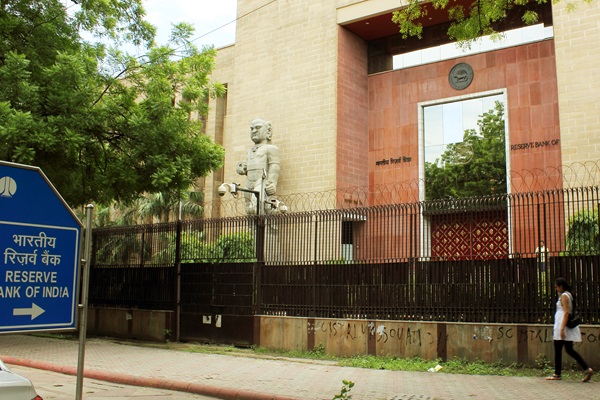.png)

Rahul Ghosh is a banking and risk expert who advises banks, corporates, and central banks, and builds tech solutions for risk management. He authored two books on risk.
August 29, 2025 at 2:53 PM IST
The capital position of Indian banks, comfortable today, faces significant challenges in the years ahead. Two major developments will shape their ability to absorb losses and influence their business strategies: the prospect of rising capital needs under Basel’s Pillar-II, as its contours become clearer to regulators worldwide, and the applicability of new accounting standards that require loan-loss provisions to be made through expected credit losses.
First, the capital requirements. Under Basel’s Pillar-I, RBI currently requires Indian banks to maintain a minimum capital adequacy ratio of 9% of risk-weighted assets. The Pillar-I capital requirements are based on credit risk, operational risk, and market risk on the trading book. At the moment, the banking system as a whole produces more than adequate capital for this measure, at 17.3% CRAR as against the requirement of 11.5%, including the capital earmarked for the capital conservation buffer.
But capital needs under Basel’s Pillar-II can be tricky. Today’s large, diversified banking system offers a plethora of products and services that involve more risk categories, such as interest-rate risk on the banking book, risk of models going wrong, risk of reputational damage, risk from natural disasters and cyberattacks, etc. The Basel framework addresses these risks under its Pillar-II directions. It requires banks to assess and measure all of these risks and provide adequate capital to cover potential losses. So far, the Pillar-II capital requirements have largely remained behind closed doors. That is now changing in much of the world.
Basel Pillar-II capital requirements are now being mandated more clearly. In several international jurisdictions, for example, three to four key risks under Pillar-II are part of formal capital requirements. This has led banks to disclose loss estimates from such risks and indicate how much capital a bank is setting aside against them. One such item is the Basel standard on IRRBB. Currently, IRRBB estimation is more of an internal exercise in India.
Let’s see a comparative picture. At select European banks analysed by the author, the impact of IRRBB presents additional capital requirements ranging from 80 to 200 bps in terms of the Capital to Risk-Weighted Assets Ratio. And overall, for the key Pillar-II risks, it amounted to additional capital requirements in the range of 160 to 260 bps in CRAR terms.
For a similar exercise, one could assume the requirements to be at least in these ranges for Indian banks. In the current context, RBI supervision teams’ capability and preparedness are much better placed for reviewing and enforcing Pillar-II capital than banks and analysts might think.
Now on the adoption of international accounting standard IFRS-9. It is applicable in the form of IND-AS 109 in India. This will require banks to start making provision-like adjustments for standard assets as well. On the day of adoption, this could cause a one-time impact of impairing assets and reducing equity. The extent of the impairment will vary. This exercise has already been completed at NBFCs. We can assume that major NBFCs in India have done a decent job on this transition and can offer some clues.
A group of select NBFCs analysed by the author observed a one-time impact in loan values, with impairments in the span of 3–5% in some cases, and even increases in value in others. Corresponding impacts were also observed on equity. The one-time impact depended substantially on how aggressively an institution had accumulated provisions until then, ranging from below 1.5% to above 5%. Institutions with higher provisions saw lower reductions in their equity, or sometimes even registered a rise.
Also noteworthy is that ECL-based loan impairments have now settled in the range of 1.5% to 2% for many. This may also be a result of these NBFCs having better-diversified portfolios today than they had seven years ago, as their range of products has expanded and balance-sheet sizes have grown rapidly.
For instance, a loan book concentrated in, say, vehicle financing will need more aggressive impairments than, say, housing mortgages because of higher default rates and lower recovery prospects. In this respect, many banks should be better positioned, given the more diversified nature of their loan books and the fact that India’s banks have higher levels of provision-related resources available to them. On an ongoing basis, the ECL mechanism will see varying growth of capital from internal resources from time to time. For instance, the current wave of high US tariffs worldwide is leading to increased impairment for loans to several sectors.
Does all of this mean capital will get tighter for banks when these changes come in? Not necessarily. The Basel framework is risk-based. That means it does not favour over-capitalisation when risk is measured adequately. Therefore, for banks, good preparedness means focusing on better risk measurement and management.
*This article is the first in a three-part series. The second will examine banks’ capital and exposure management strategies, while the final part will explore how capital can be raised from existing resources if regulation and supervision teams choose to play their role.




